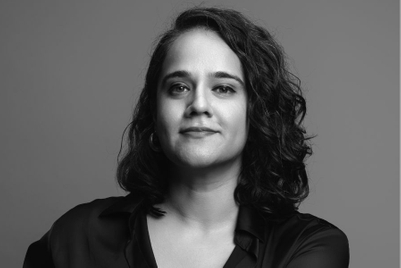Vi (the brand born after the merger between Vodafone and Idea) has completed a little over six months of existence in the country. In those months, Vi has been visible during two IPLs, seen a change in its marketing leadership with Avneesh Khosla being elevated as chief marketing officer (from marketing director), and a lot more.
We caught up with Khosla to learn about his frantic start, the state of the telco industry, data usage, and more…
Excerpts:
You took over as CMO shortly after the rebranding. How have the last five months been for you and the company?
It’s still a little short of five months, but it’s been exciting. We have been looking to articulate to our consumers what we want to stand for as a brand, which is helping our consumers have a better today and shape a brighter tomorrow; our campaign ‘Speed se Badho’, launched by the end of February, did that. We are essentially trying to empower customers through the quality of the network we offer. We want to give wings to their dreams, to give shape to their aspirations of building new business models and translate their passions into reality. If I look at the early reads, we are very encouraged with the response that we have got in terms of how users have connected with the campaign.
We launched in October and then, in late November, we went into a hiatus that lasted till about February. We had dialled up a fair amount of salience by then and then came back in March with the campaign which we have carried forward into the IPL. We are also in the process of getting a new narrative for this campaign as an extension.
We are very encouraged with the reference data coming in. When you look at brands at a similar life stage, in terms of salience and consideration, we are right up there.
You spoke about the life stage the brand is in; are you treating it as a five-month-old brand or are you looking to leverage the Vodafone and Idea Cellular heritages?
We are looking at this as a completely new brand and aren’t looking to carry the Vodafone and Idea legacy forward. If we did carry the old legacy, the most obvious idea would be to bring the ZooZoos or the pug back for our campaigns.
While it does have the strong legacy and foundation of the other two brands, but we are clear that we want to steer away from it. That was the past and we are looking to build a new narrative for the 650 million Indians who are starting to create a new narrative for themselves on the digital ecosystem.
The brand was launched amid the pandemic. How different has the last year been for the telecom space and your brand?
Telco is no longer only a voice or data service provider. It’s a comprehensive digital service provider. Most telcos provide an array of solutions to meet the growing need of consumers.
When you look at the earlier avatar, telco was providing a plethora of entertainment opportunities (which they still do), but I think there’s a dramatic shift that we have observed in consumption behaviour and customer interest.
Customers are actively seeking solutions on work, learning, accessing, healthcare, shopping, binge-watching, and this paradigm shift has affirmed our focus on content and partnership models. We follow a collaborative approach as we don’t fundamentally believe that we have the expertise to be able to curate content or create business models which we don’t understand. We fundamentally understand our consumers, their requirements and needs, and have access to them. We believe in a collaboration-partnership philosophy. We have partnered with brands in health, education, entertainment and content to offer more value to our consumers.
In the last year, video consumption has surged. Consumers are spending almost five hours on their smartphones. So, we have brought in a lot more content on Vi Movies and TV platform. We have added TVOD, too. With this, we have nudged our consumers to move from a typical physical world to a digital world.
We are encouraged by this whole digital platform world we have begun creating. Having said that, we are essentially seeing how we are the gateway to the larger digital world for our consumers. Over 95% of our consumers are paying their bills online too.
Healthcare is of the essence right now. What are you doing in that space?
We are working with healthcare majors and pharmaceutical chains, to bring some benefits which are unique and differentiated to our consumers. These are baby steps; we are now looking to extend these partnerships.
The association with the IPL – you're on board as the associate media sponsor. Are brands now using the IPL differently to get their message across compared to when the tournament kicked off in 2008?
Our results with the IPL have been very strong year-on-year. It’s why we stay invested in it. This is by far the largest sporting property you have in the country, if not the world. You rarely go wrong with cricket in this country, and the scale is immense.
And unfortunately, given the pandemic and the second wave, people are locked indoors and are seeking out entertainment and content. And what better entertainment and content than the IPL?
In terms of brand approach, we see a lot more happening in the digital and social space. Brands are starting to open up different levels of engagement.
From what was largely about TV and on-ground, there’s a lot more happening on social and digital. The amount of time that people are spending on the larger digital ecosystem provides a tremendous opportunity to create exciting and interesting engagement options.
For Vi, we are driving ‘Fan of the Match’, an engagement agenda with our consumers, and we are getting close to half a million consumers that are participating every day. So, it’s huge in terms of the kind of scale it drives.
The consumer in the telecom market is extremely price-sensitive. With number portability extremely easy, how do you build brand loyalty?
Price sensitivity is a far-abused word. Customers seek value equations and as long as you can deliver on that, they are ready to pay. Otherwise, you wouldn’t have premium brands in any category.
There are different consumer sets with different requirements. Brands need to create experiences that are in sync with meeting those requirements.
At the end of the day, as long as you deliver on the core, you will continue to have loyal consumers. There will be always fickle consumers, but that necessarily doesn’t drive 90% of your revenue. Keep your core intact, and not just deliver but surpass their expectations, and you will be fine.
Almost every post that a telco brand puts up is met by complaints on social media. How do you tackle that?
We reach out to all our consumers. Anybody who puts out a post or complains about the quality of the network, or any other experience on any of our social handles, we make it a point to be able to reach out to these consumers.
We ensure that we solve their problems. To the ones that can’t be solved, we are honest and transparent to be able to admit that it’s a challenge because no network at the end of the day, given the law of physics, is going to be available to everybody and everybody.
Consumers value honest responses rather than a response that the issue is going to be fixed and it doesn’t. It’s been our DNA thanks to the erstwhile two organisations we inherited Vi from, too. How we work and deal with our consumers is something we continue to task ourselves aggressively for. That’s an integral part of the core experience we look to offer to our consumers, how they can access you and how you are responding to them. If we make a mistake, we are honest and tell them that we have, and then look at ways of correcting it.
Would you think consumers are unreasonable with regards to telco players too? One call doesn’t connect and it’s time to head to social media to complain?
Today, unlike in the past, there are a lot of ways through which a consumer can access you. We are extremely happy that consumers come to us on social. The reason for creating those handles in the first place was to get consumers to access us. I think the criticism helps us understand where the problem is and which eventually helps us improve.
We are very happy with the criticism that comes our way. Unfortunately, we see criticism a lot more than bouquets on social media!
What does data mean in the Indian context for a telecom major like you?
Whatever data we use from our consumers, in terms of what the customer is doing on the network, only helps us understand our consumers better and shape experiences in a more meaningful way. For instance, when we understand which consumers want Bollywood, cricket or healthcare. We can address need gaps and look at how to work with partners in the space to bring meaningful outcomes.
Finally, what would the three biggest challenges be in telco space?
It’s a very capital-intensive business, and to my mind, that’s the largest challenge. It’s a challenge for any telco, because of the rate at which technology is changing (the evolution of 2G into 5G) and the cycle of replacement. I don’t think any telco has recouped the investment made in 4G and it’s time for 5G now. Therefore, if you don’t have adequate capital or are deeply invested, it becomes a challenge.
Secondly, although it’s powering the economy through the dream of a digital India, telecom is unfortunately still taxed heavily. You need deep pockets to invest.
Third, like any other business, telcos need to reinvent themselves and look at how they can play a larger role in the digital ecosystem. It’s about looking at incremental opportunities to scale up, a challenge for most telcos around the world. The traditional voice and data business has by and large been commoditised.




.jpg&h=334&w=500&q=100&v=20250320&c=1)
.jpg&h=334&w=500&q=100&v=20250320&c=1)
.jpg&h=334&w=500&q=100&v=20250320&c=1)




.jpg&h=334&w=500&q=100&v=20250320&c=1)



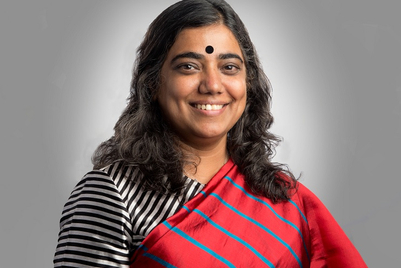
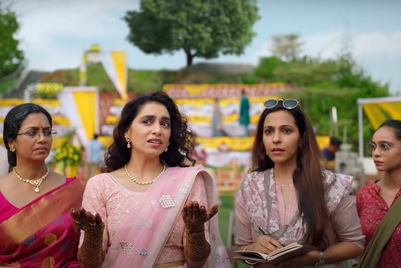
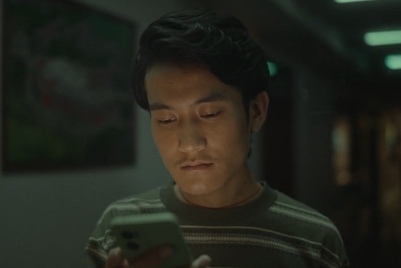
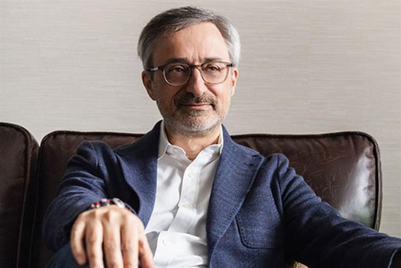
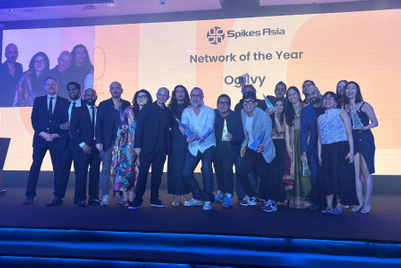
.jpg&h=268&w=401&q=100&v=20250320&c=1)
